4 Young Homebuyer Trends That May Change Singapore’s Property Market
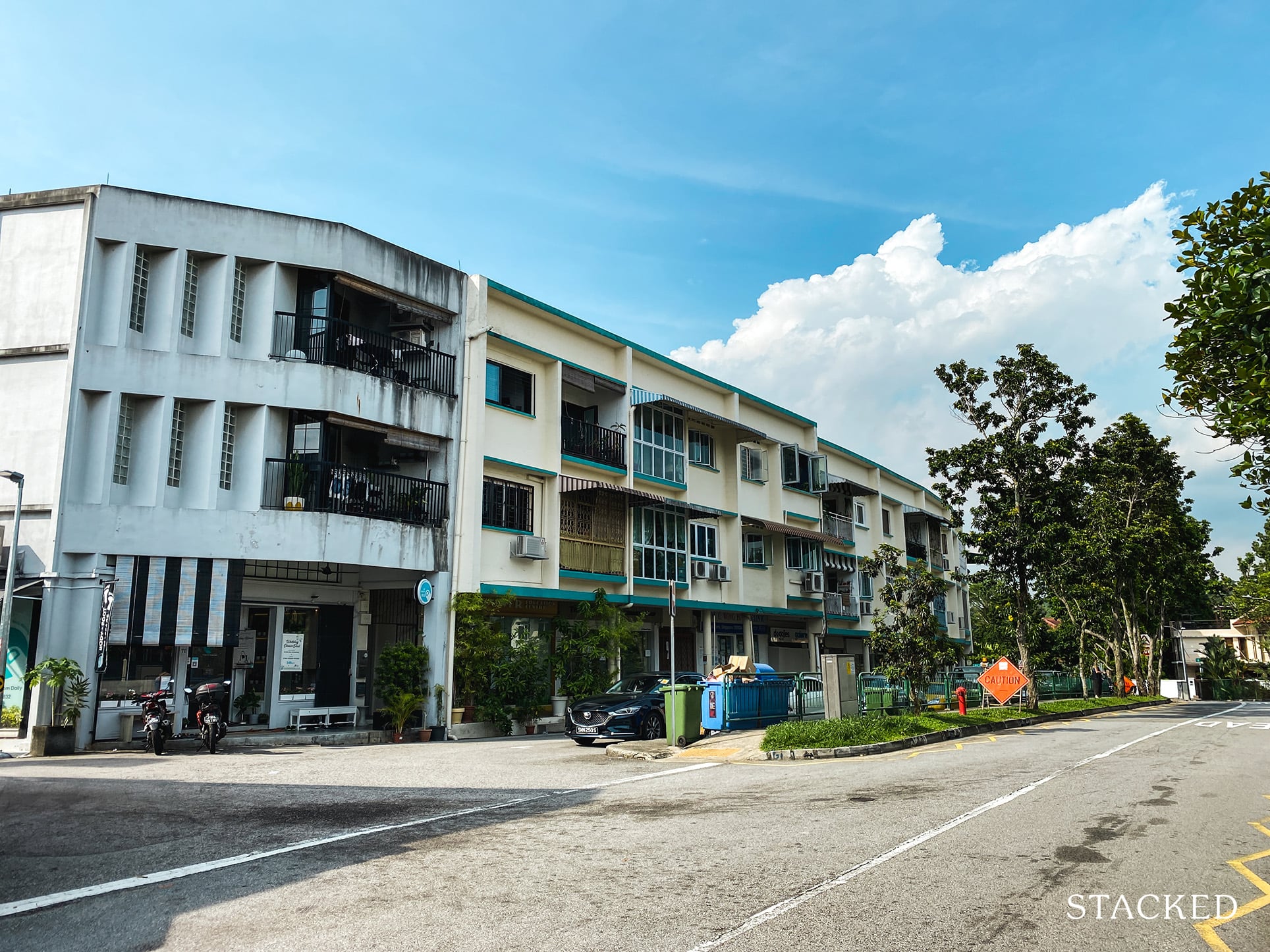
Get The Property Insights Serious Buyers Read First: Join 50,000+ readers who rely on our weekly breakdowns of Singapore’s property market.
A seasoned content strategist with over 17 years in the real estate and financial journalism sectors, Ryan has built a reputation for transforming complex industry jargon into accessible knowledge. With a track record of writing and editing for leading financial platforms and publications, Ryan's expertise has been recognised across various media outlets. His role as a former content editor for 99.co and a co-host for CNA 938's Open House programme underscores his commitment to providing valuable insights into the property market.
Forget the stereotypes about millennials and their avocado toast obsessions; when it comes to home buying in Singapore, this generation is proving to have a stronger focus on liveability than before. Far from being frivolous or impractical, these younger homebuyers are leveraging unique strategies—from taking risks on “seedy” neighbourhoods to rethinking space—that might just be setting new norms for real estate investment. Here’s how millennials are transforming the way we think about buying a home in Singapore:
1. What some call “being ironic” can also be a prudent home-buying strategy
Sometimes, millennials pick areas that are a bit dilapidated or seedy, despite having the means to buy at a better location. We’ve heard this derided as attempts to be edgy or ironic; but it does have a pay-off.
In the early 2000s, for example, Joo Chiat was not a particularly desirable neighbourhood to be in. It was home to a growing number of dive bars, “massage” parlours, and questionable back alley activities. And yet, millennial buyers did move in, picking up older condos and walk-ups at a song.
The same happened in pre-gentrification Tiong Bahru and Keong Saik.
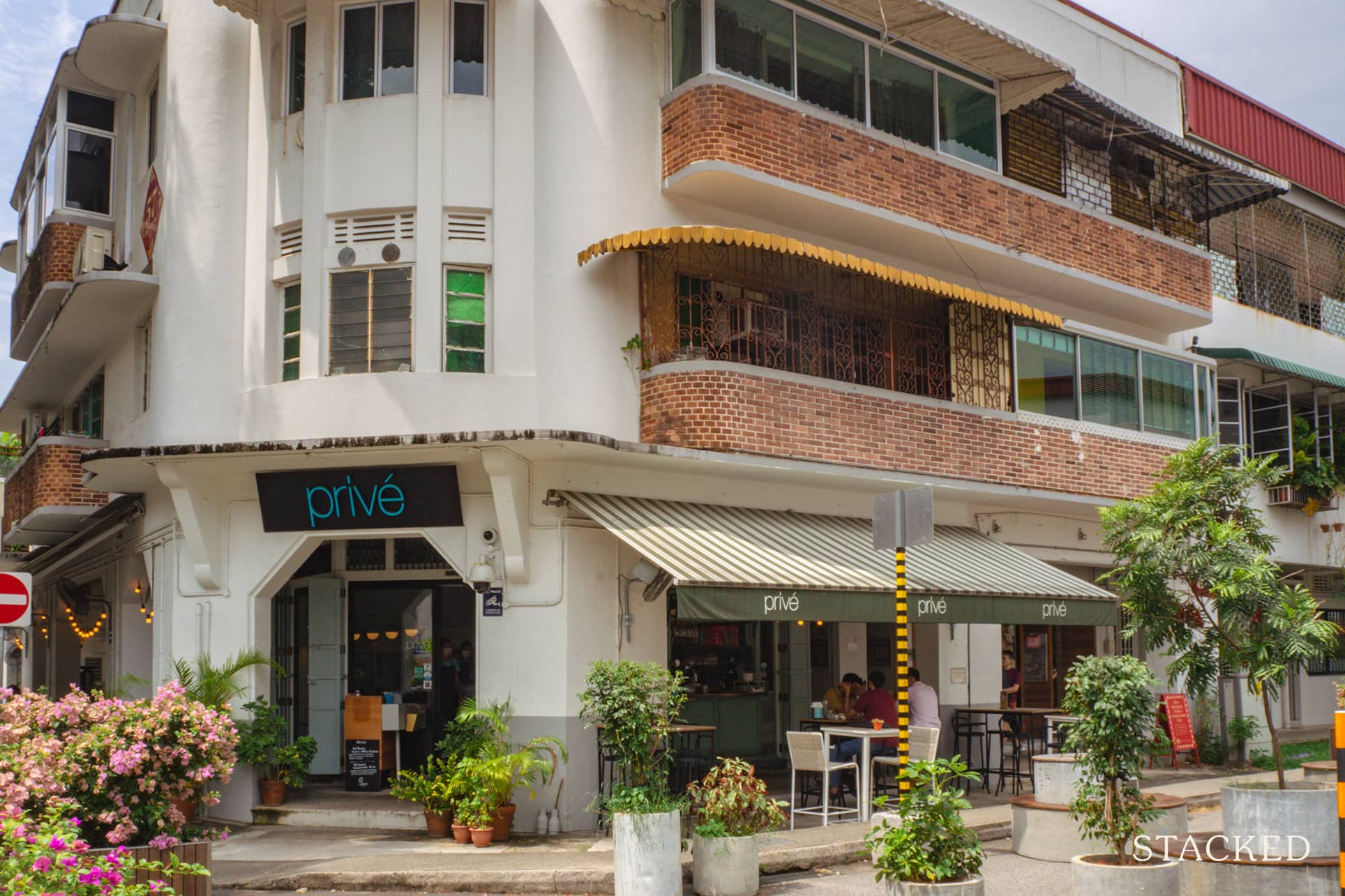
Tiong Bahru used to be considered the direct opposite of trendy. Its prior reputation stemmed from the 1990s, when almost a third of the population was aged 45 and over, and it was regarded as a “place for old people”. Today it’s a high-rent location, known for being the hipster capital of Singapore.
Keong Saik was once part of the “blue triangle.” an even bigger red-light area than Geylang ever was. Living near this area was considered crowded, noisy, and sleazy. Today, it’s home to co-working spaces, high-end hotels, and artisanal restaurants (albeit still crowded and noisy).
Many millennials moved into these areas anyway, while the older generation frowned on them. But as it turned out, this meant the millennial buyers were able to move in at much lower prices, and benefitted from the sharp turnaround of these neighbourhoods.
In cases like Tiong Bahru, the millennials moving in were themselves the force for change and gentrification; so their love of “backward” places may not be as impractical as many assume.
2. More willingness to consider older properties like walk-ups
With some exceptions, most of the walk-up apartment buyers (that we meet) are from the younger millennial crowd. Granted, physical issues do play a part here; it’s tough for older people to walk up the stairs.
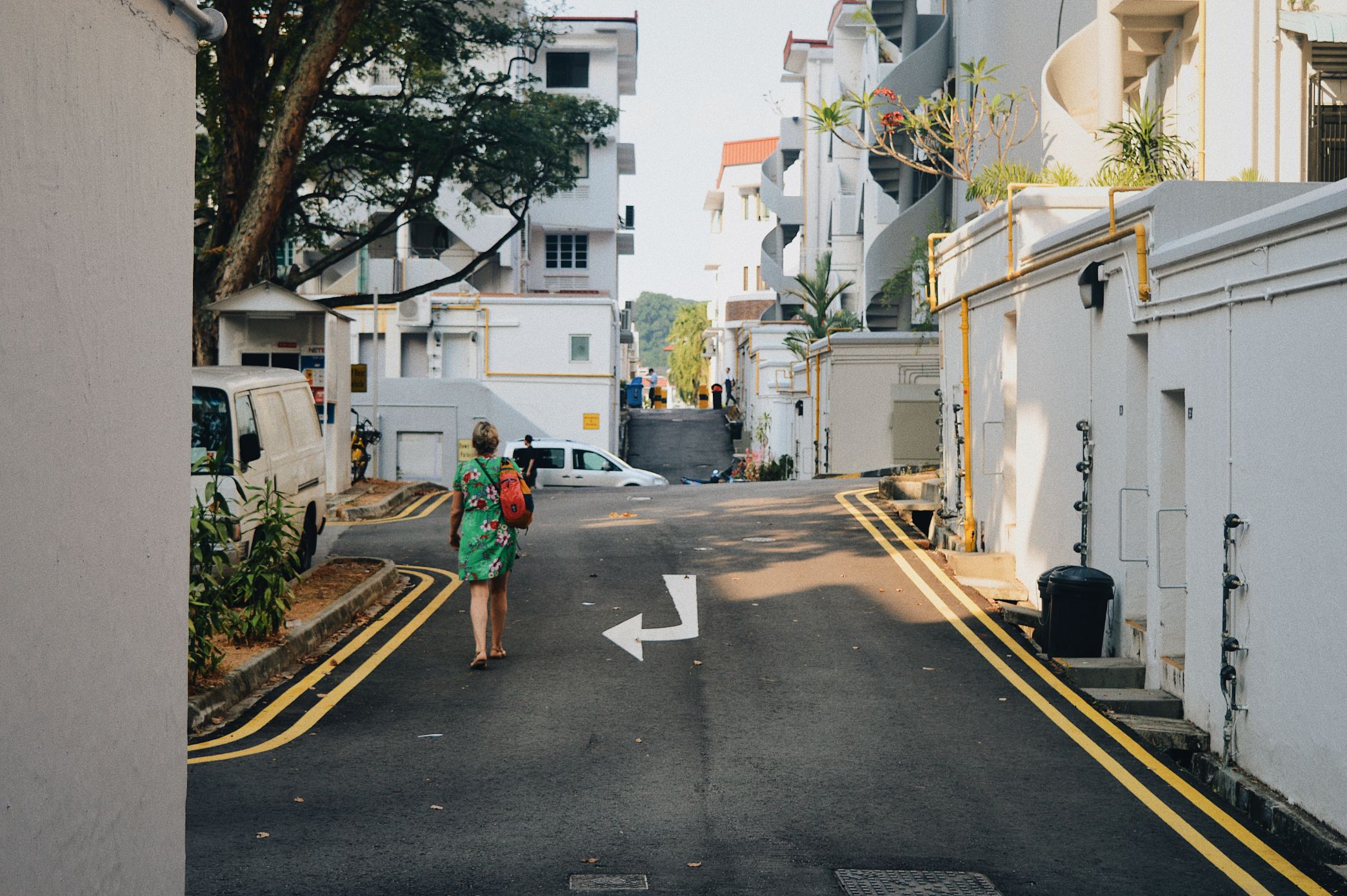
But that aside, millennials do seem more willing to put up with issues like stairs, the lack of nearby parking, or the need to cycle to the nearest MRT station. This is how they can end up with larger units, at a lower cost (older residences, especially walk-up apartments, tend to be cheaper on a psf basis).
We also find that older buyers dislike the lack of common facilities in walk-up apartments. There’s no pool, gym, clubhouse, etc. But most millennials we meet are quite practical about this – they’re more likely to use gym passes, public pools, etc. rather than pay maintenance fees to have it at home.
3. At the same time, millennials tend to be more accepting of space-efficient layouts
A typical example of this would be the newer dumbbell layout, where the living room is the connecting point between bedrooms and kitchen. This minimises the need for hallways.
We’ve found, however, that many older buyers dislike this configuration. A common complaint is that the front entrance opens right into the living room, without allowances like an antechamber, or a hallway that turns into the room. Millennials are the ones who seem more tolerant of this practical design.
Millennials have also been quicker to jump on the flexi trend, where the emphasis is less on the sheer square footage of a unit, but rather on how versatile it is. Some developers have noticed this: TMW Maxwell, for instance, is specifically marketed at the younger crowd, and they know their demographic.
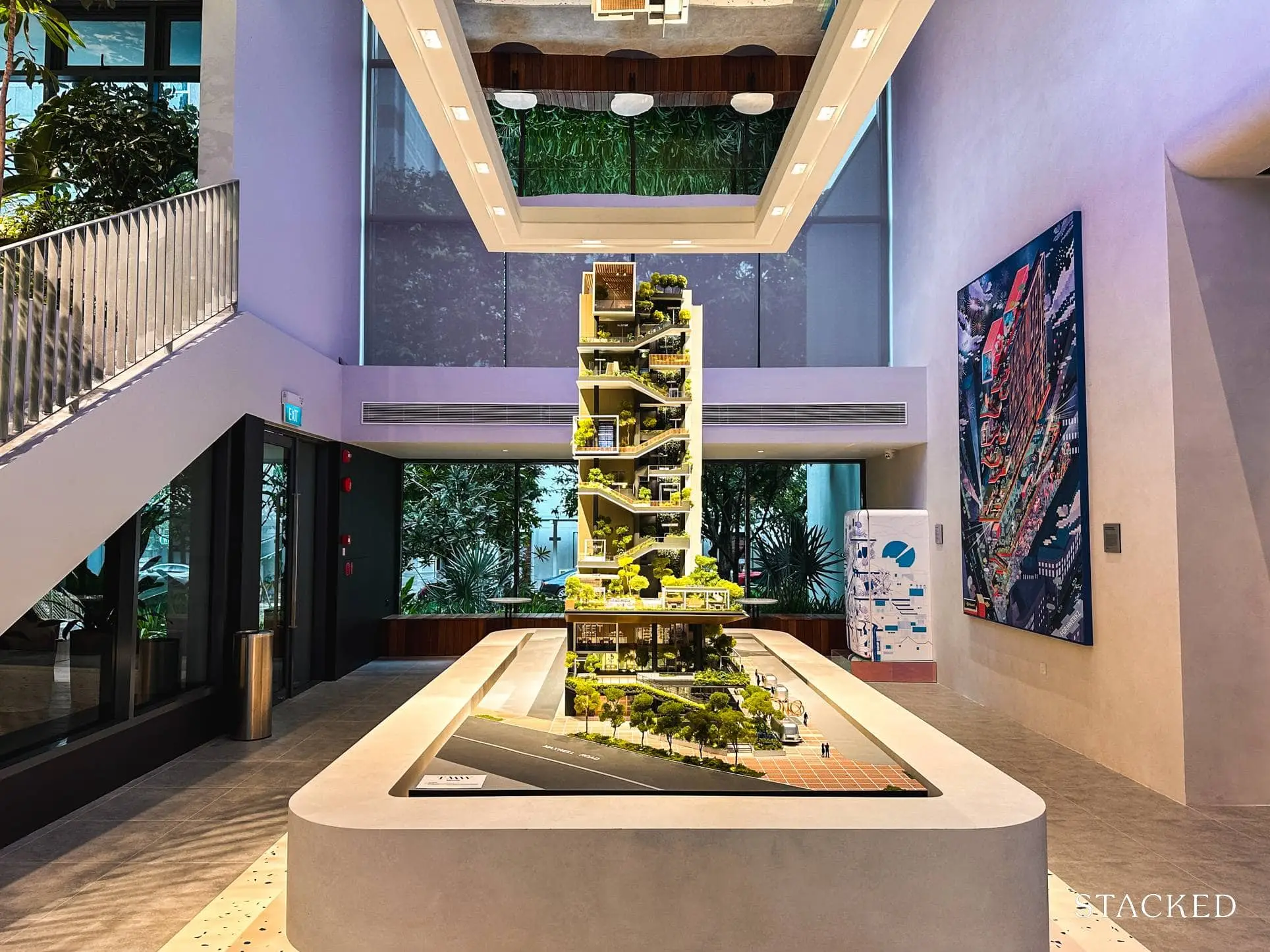
Editor's PickTMW Maxwell Review: Unique Space-Saving Furniture & Vertical Landscaped Gardens In The CBD
by Matthew Kwan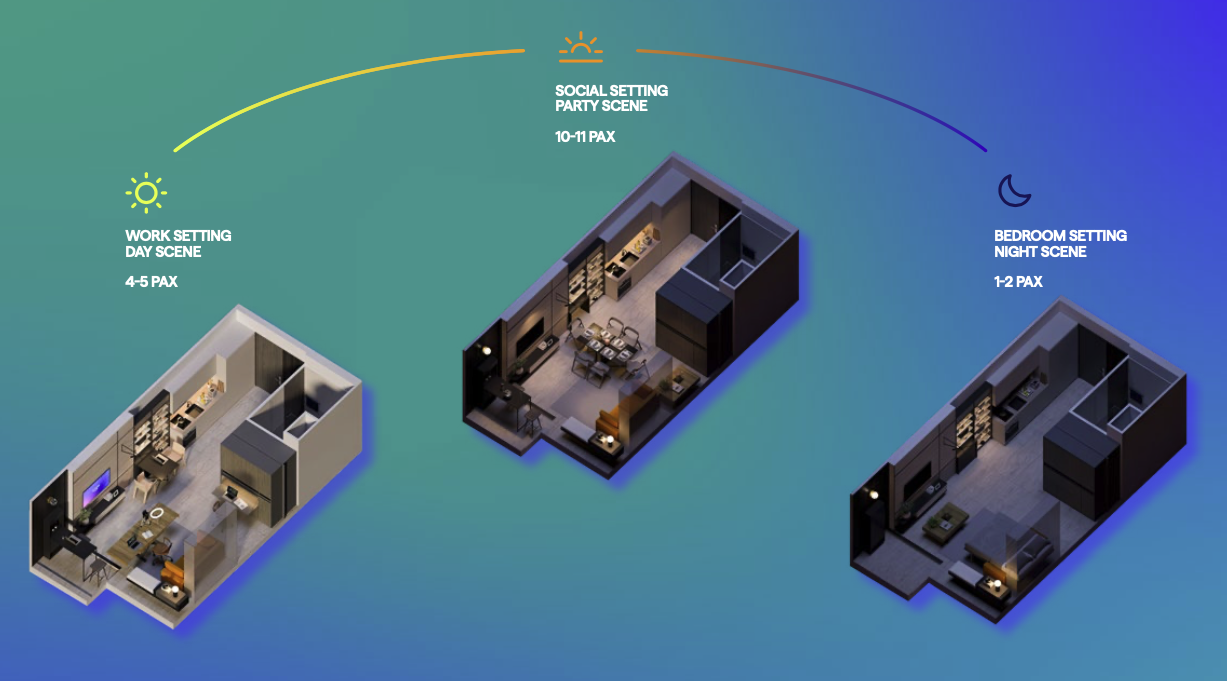
The new launch has features like a moveable walk-in wardrobe which opens into a flexible study area, and a fold-out table on the balcony so it can be used as an outdoor workspace or drinks area. Units on some floors have an “outdoor living room” concept, which while efficient, is not something we’d dare to market to traditionalists.
Millennials are more ready to embrace such concepts though, which older buyers should pick up on.
Among the older generation, there’s still an overwhelming tendency to focus on square footage (even if most of that square footage goes toward planter boxes/air-con ledges, or long hallways that reduce liveable space).
4. Millennials are more willing to embrace practical design themes
Younger homebuyers display a marked departure from some traditional design preferences, showing a strong inclination towards blending the old with the new. Many millennials, for instance, are open to purchasing secondhand items for their homes, intertwining a sense of history with modern functionality.
A few notable tendencies among younger homeowners include:
- Integration of smart homes: Millennial homeowners are more likely to equip their homes with the latest tech, turning them into smart homes that offer convenience and connectivity.
- Prioritising convenience: Younger buyers appreciate features that make their lives easier. This includes digital door locks over traditional locks, as well as the inclusion of dishwashers and dryers in their homes.
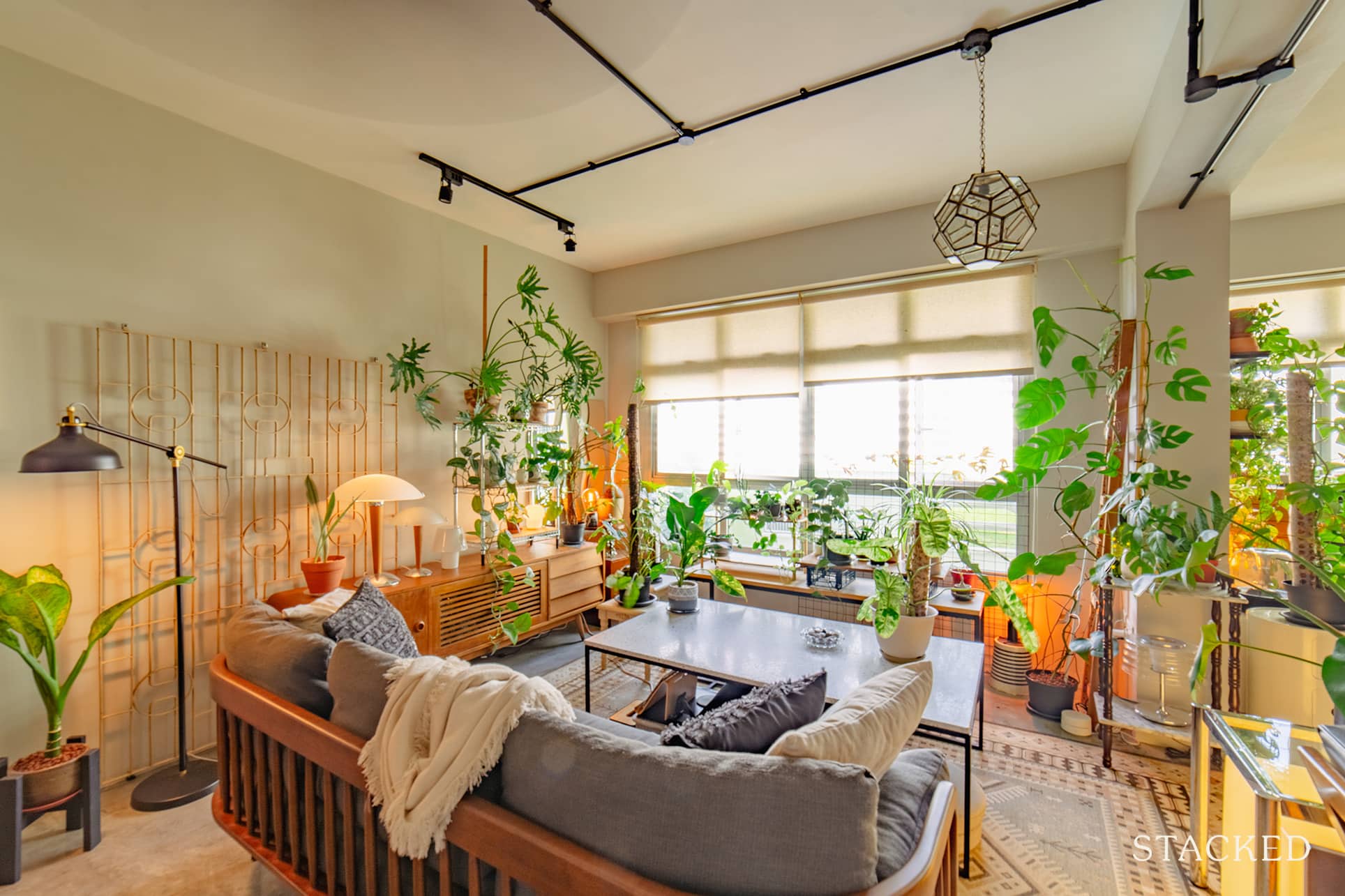
- Indoor greenery: While the older generation might prefer their plants outside or in corridors, millennials are bringing the green inside. Houseplants have become a staple for the younger homeowner, symbolising a deeper connection with nature, even within urban settings.
- Open shelving over enclosed cabinets: Open shelving systems, which offer ease of access and a visually appealing way to display personal items, have found more acceptance among younger homeowners, whereas older generations may lean towards enclosed cabinets for a more tidy appearance.
- Moving away from bathtubs: As urban homes grow smaller, the luxury of space becomes scarce. Younger homeowners, valuing practicality, often forgo bathtubs in favour of space-efficient showers.
We know it’s impossible to generalise a whole generation of people, in either a positive or negative way. Rather, we’re just pointing out tendencies among the younger wave of home buyers, which are likely doing them more good than even they may suspect. As homes continue to grow smaller, and mortgage rates go up, older home buyers may have to start learning from their millennial counterparts.
For more on trends and tendencies in the Singapore property market, follow us on Stacked. Also follow us to learn about new and resale properties alike, via our in-depth reviews.
If you’d like to get in touch for a more in-depth consultation, you can do so here
Ryan J. Ong
A seasoned content strategist with over 17 years in the real estate and financial journalism sectors, Ryan has built a reputation for transforming complex industry jargon into accessible knowledge. With a track record of writing and editing for leading financial platforms and publications, Ryan's expertise has been recognised across various media outlets. His role as a former content editor for 99.co and a co-host for CNA 938's Open House programme underscores his commitment to providing valuable insights into the property market.Read next from Property Trends
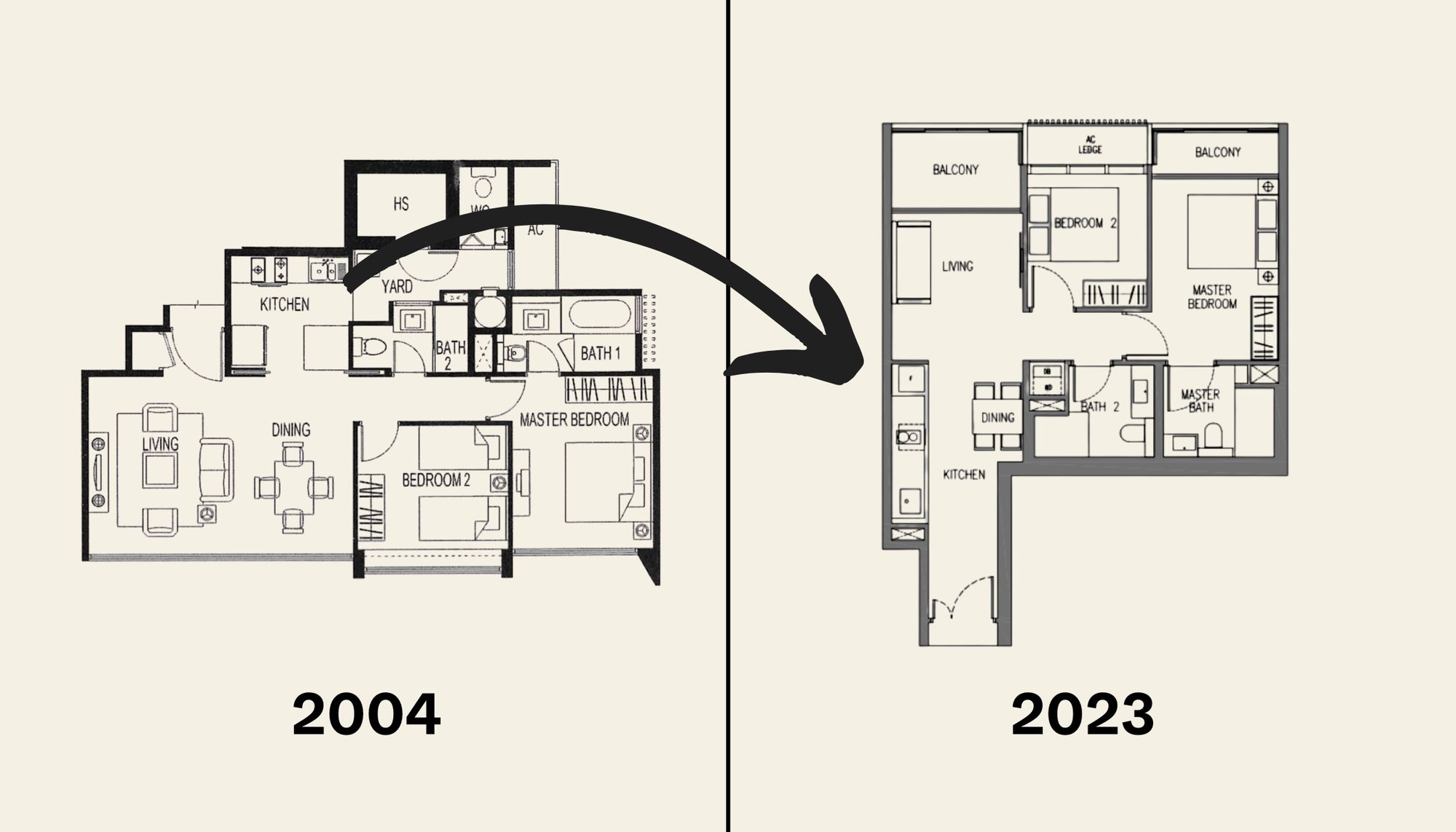
Property Trends The Room That Changed the Most in Singapore Homes: What Happened to Our Kitchens?
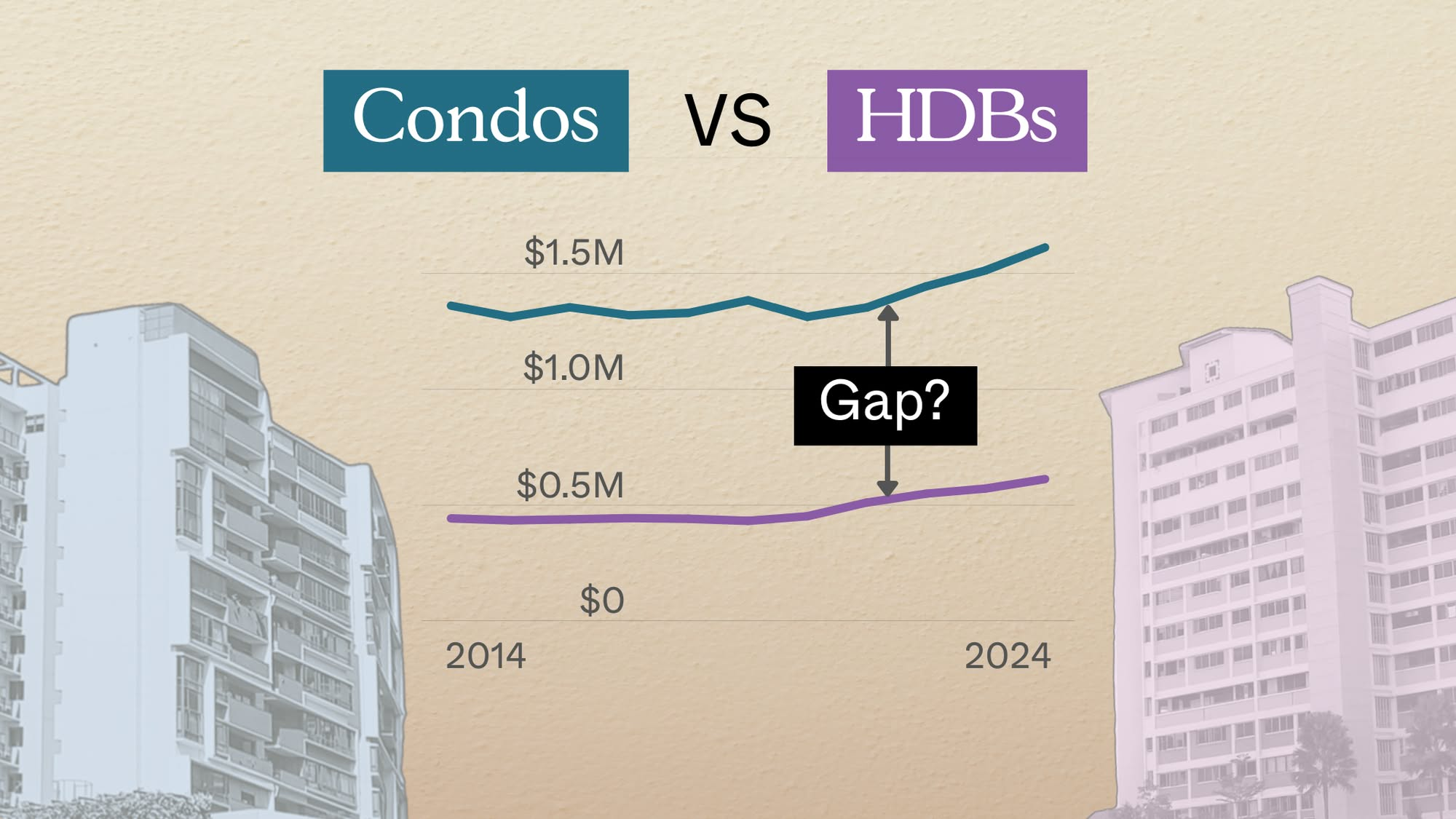
Property Trends Condo vs HDB: The Estates With the Smallest (and Widest) Price Gaps
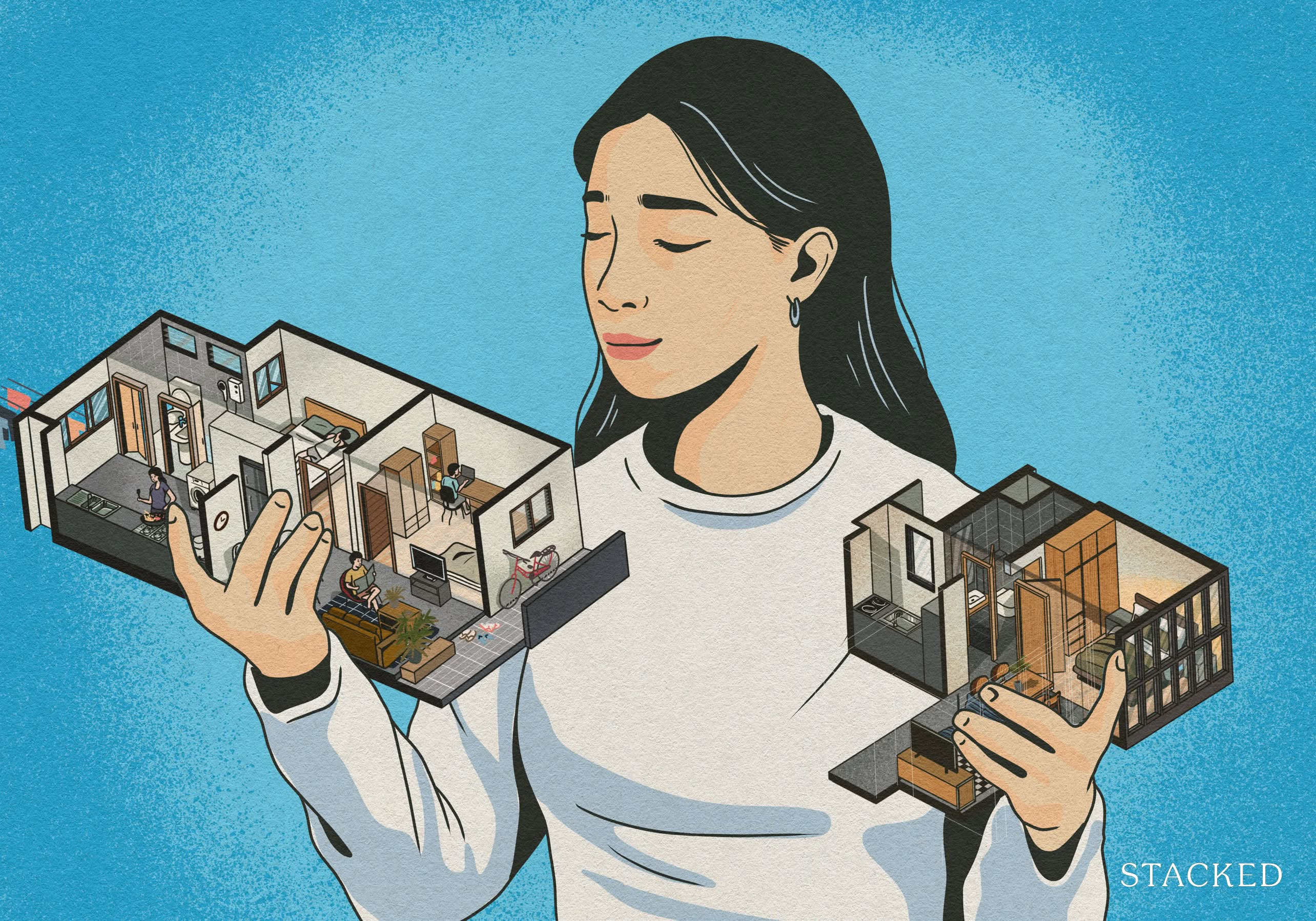
Property Trends Why Upgrading From An HDB Is Harder (And Riskier) Than It Was Since Covid
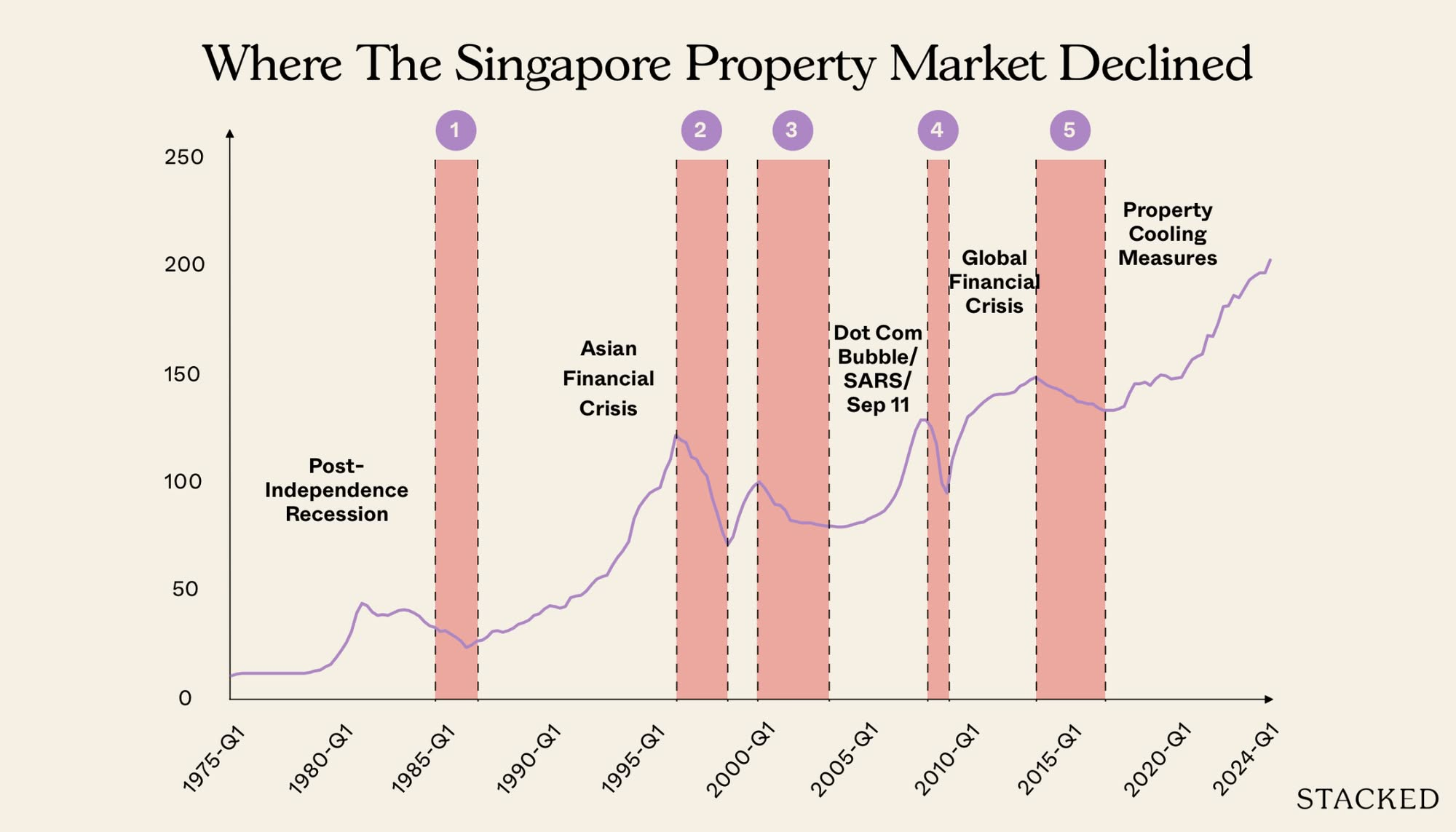
Property Trends Should You Wait For The Property Market To Dip? Here’s What Past Price Crashes In Singapore Show
Latest Posts

On The Market Here Are The Cheapest 4-Room HDB Flats in Central Singapore You Can Still Buy From $490K

Editor's Pick Should We Buy An Old 99-Year Leasehold Condo To Live In: Will It’s Value Fall When The Lease Runs Out?

Pro How A Once “Ulu” Condo Launched In 1997 Became A Top Performer

Editor's Pick I Reviewed A New Launch 4-Bedroom Penthouse At Beauty World

Property Market Commentary When Renting In Singapore Is The Smarter Move — And Buying Can Wait

Editor's Pick Why Singaporean Families Are Looking At This Landed Enclave From Around $4M

Singapore Property News Lentor’s First Condo Is Complete — The Early Profits May Surprise You

Editor's Pick A Wave Of New HDB Resale Supply Is Coming In 2026: Here’s Where To Find Them

Property Advice We Own A $800K 1-Bedder And A $1.1M 3-Bedder: Is It Possible To Upgrade To A 4-Bedder Condo?

On The Market These Are Some Of The Cheapest 5-Room HDB Flats Left In Central Singapore

Pro This 698-Unit Ang Mo Kio Condo Launched At The Wrong Time — And Still Outperformed Peers

Singapore Property News $281.2M in Singapore Shophouse Deals in 2H2025 — But That Number Doesn’t Tell the Full Story

Property Market Commentary 5 Key Features Buyers Should Expect in 2026 New Launch Condos

Editor's Pick What “Lucky” Singaporean Homebuyers Used To Get Away With — That You Can’t Today

Property Investment Insights These Resale Condos In Singapore Were The Top Performers In 2025 — And Not All Were Obvious Winners


